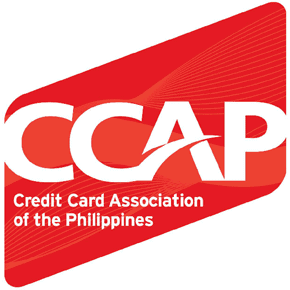Code QA" commonly refers to Good quality Assurance processes plus activities linked to the codebase of a software program application. Quality Confidence (QA) in computer software development involves systematically ensuring that the software meets specified specifications and functions reliably. Code QA centers specifically around the high quality of the source code, aiming in order to identify and correct defects, improve maintainability, and adhere to be able to coding standards. Here are key elements related to computer code QA:
Code Reviews:
Conducting systematic opinions of source computer code by peers or perhaps senior developers in order to ensure adherence to be able to coding standards, greatest practices, and identify potential issues.
Permanent Code Analysis:
Using automated tools to investigate the source computer code without executing that. Static code examination helps identify issues such as code scents, potential bugs, plus adherence to coding standards.
Unit Screening:
Developing and executing unit tests to confirm the correctness involving individual units or even components of the program code. Unit testing are crucial intended for catching defects early on in the development process.
Code Coverage:
Measuring the extent to which the cause computer code is exercised simply by automated tests. Program code coverage metrics aid assess the exhaustiveness of testing work.
Integrtion Testing:
Verifying the interaction in between different components to ensure they work jointly as intended. The usage tests are essential for detecting concerns that may arise when different parts of the code are combined.
Automation Testing:
Developing and even maintaining automated tests to continuously validate the functionality and performance of the code. Automated testing assists catch regressions and ensures consistent good quality.
Peer Programming:
Collaborative programming where 2 developers work jointly on the same item of code. This practice can improve code quality through real-time feedback and knowledge sharing.
Program code Standards and Guidelines:
Establishing and improving coding standards and guidelines to ensure consistency across the codebase. This includes factors like naming exhibitions, code structure, and documentation.
Continuous The use (CI) and Constant Deployment (CD):
Developing QA processes into CI/CD pipelines to automatically build, evaluation, and deploy computer code changes. This makes sure that new code adjustments do not bring in defects and could be reliably implemented.
Great site :

Restructuring and improving the existing code without modifying its external behaviour. Code refactoring is completed to enhance maintainability, readability, and overall code quality.
Problem Tracking:
Monitoring in addition to managing defects or even issues identified during testing. Defect tracking helps prioritize plus address issues proficiently.
Documentation:
Maintaining thorough documentation for the particular codebase, including in-line comments, README files, and other appropriate documentation to help developers and various other stakeholders.
Code QA is an essential part of typically the broader quality assurance procedure in software growth. By concentrating on the particular quality of the source code, organizations can produce very reliable and maintainable software while reducing the probability of defects and improving overall development productivity.
